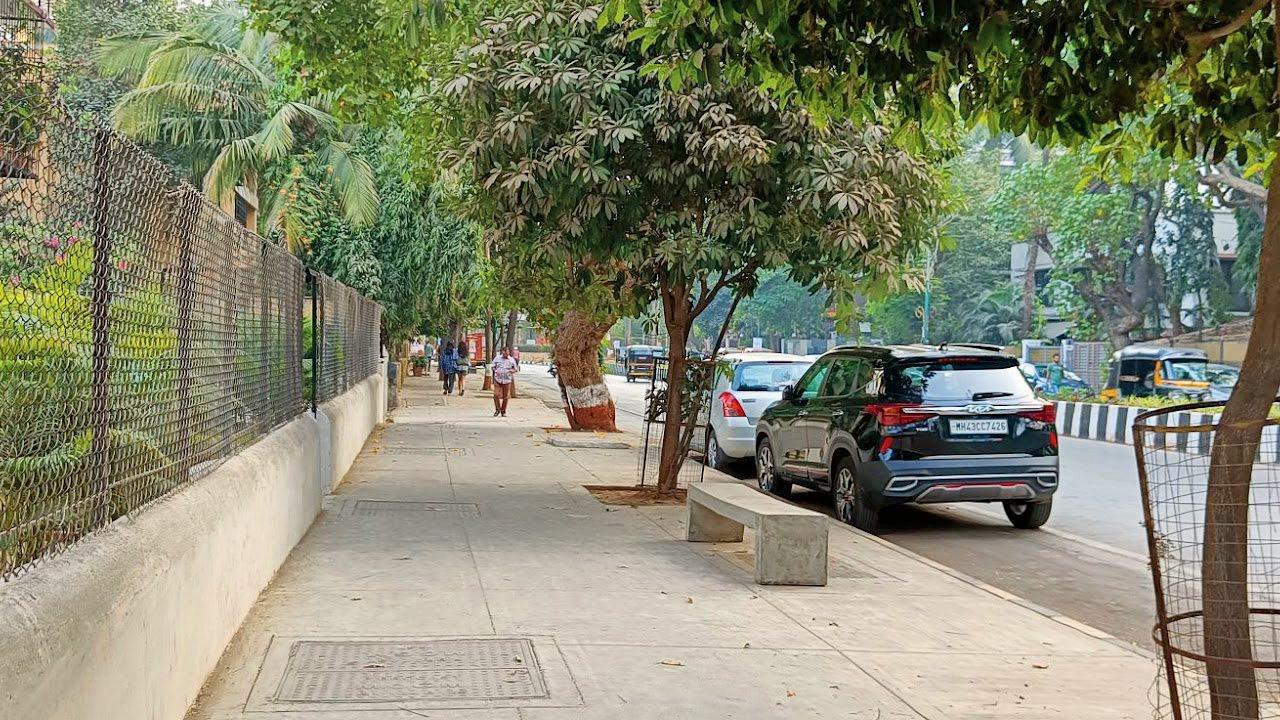The Walking Project’s 8-point agenda emphasised daily challenges faced by commuters, cost-effectiveness of walking-focused solutions

Broad footpath at Central Avenue, Chembur
A city-based NGO has come up with an eight-point Pedestrian Manifesto 2024 ahead of the state Assembly elections next month urging all candidates across parties to highlight, adopt and prioritise walking infra in the city.
ADVERTISEMENT
“In the Mumbai Metropolitan Region (MMR), walking is the most common mode of transportation, and pedestrians represent the most efficient and eco-friendly way to get around. Pedestrian infrastructure is cheaper to build and maintain compared to other transport modes, yet the city’s walking infrastructure is notably insufficient.
As the Vidhan Sabha elections approach, it’s surprising that enhancements to pedestrian infrastructure are not prominently featured in the platforms of any of the candidates. Through this manifesto, we urge all candidates, across all parties, to adopt and prioritise our recommendations. Addressing pedestrian needs is not just a matter of policy; it’s a direct response to the everyday experiences of your voters,” said Vedant Mhatre, programme director, the Walking Project.
“Railway stations, which are the focal point of businesses and commerce in most constituencies, see daily convergence of a substantial portion of voters. Improving pedestrian facilities around these key hubs would directly benefit the large number of constituents who rely on them daily,” he said.
“As a walkability advocacy group, we believe that upgrading pedestrian infrastructure, especially around these high-traffic transportation hubs, is an obvious and cost-effective policy solution. This is a low-hanging fruit that can have a significant impact on urban mobility and quality of life,” he added.
We want...
1. Non-motorised transport cells in all administrative subdivisions.
2. Implementation of hawking policy across MMR.
3. Implementation of parking policy across MMR.
4. Traffic calming on all roads with a right-of-way under 25 metres.
5. Retrofitting all footpath kerbs with modern accessibility standards.
6. Pedestrianising transit hub surroundings for improved walkability.
7. Develop SV & LBS roads as exemplary pedestrian-friendly showcase roads.
8. Increase in urban tree cover with third party survival rate audit.
 Subscribe today by clicking the link and stay updated with the latest news!" Click here!
Subscribe today by clicking the link and stay updated with the latest news!" Click here!







